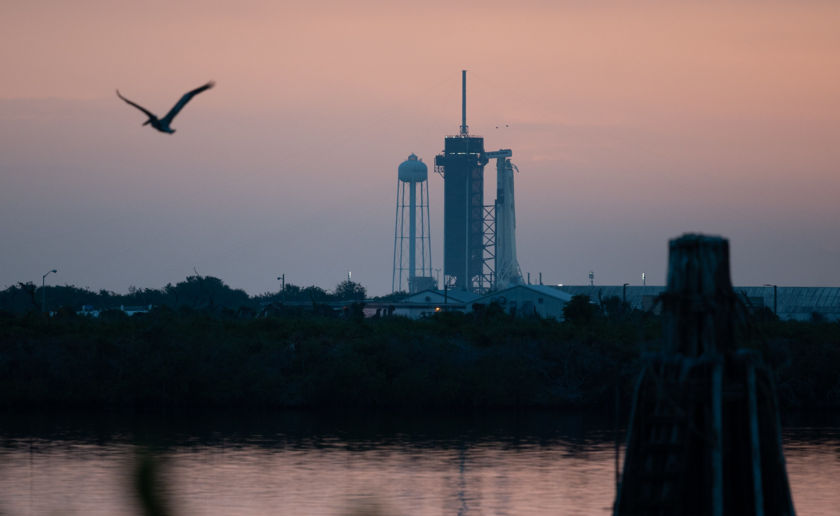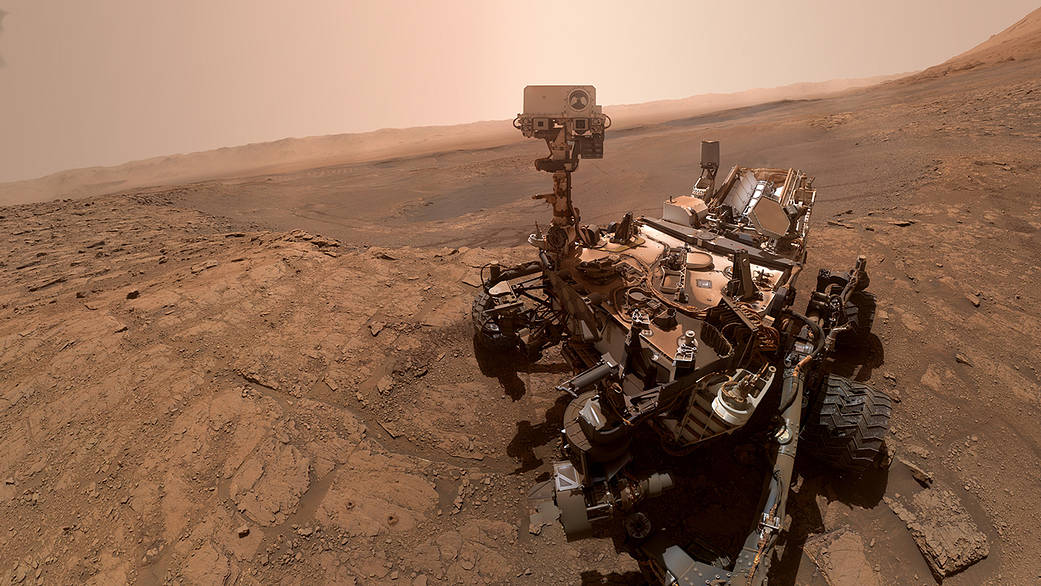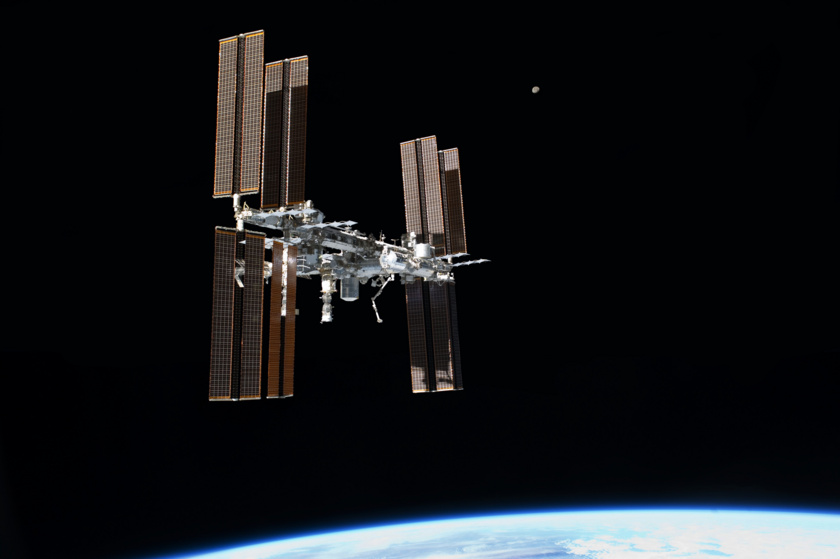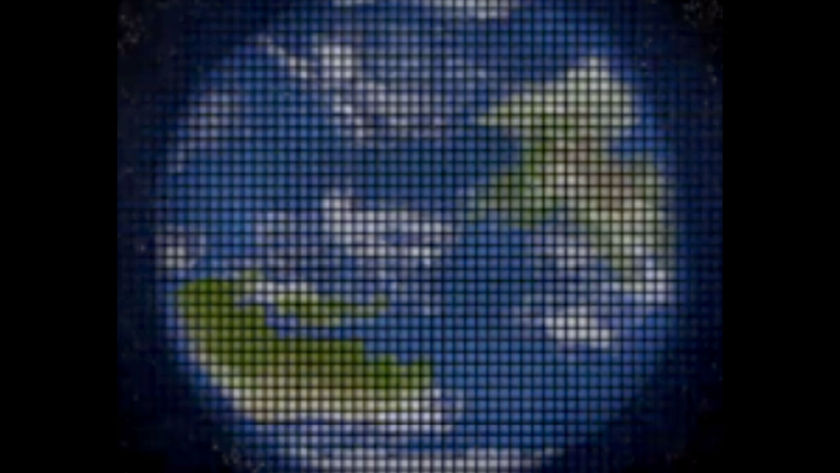It& #39;s Friday, which means it& #39;s time for this week& #39;s space updates.
Retweet the ones you like best and help spread the joy of space exploration with the world.
Here...we...go!
Retweet the ones you like best and help spread the joy of space exploration with the world.
Here...we...go!
Bad weather forced the postponement of SpaceX’s Crew Dragon launch on Wednesday. SpaceX and NASA will try again Saturday, 30 May at 12:22 p.m. PDT / 3:22 p.m. EDT. Watch it live with us at http://planetary.org/live
Image">https://planetary.org/live"... credit: NASA/Joel Kowsky.
Image">https://planetary.org/live"... credit: NASA/Joel Kowsky.
Here& #39;s our complete guide to the Crew Dragon& #39;s first launch: https://www.planetary.org/blogs/crew-dragon-astro-flight.html">https://www.planetary.org/blogs/cre...
The existence of Proxima Centauri b has been independently confirmed by scientists using the Very Large Telescope at the European Southern Observatory in Chile.
Discovered in 2016, the exoplanet orbits the closest star to Earth a little over 4 light-years away.
Discovered in 2016, the exoplanet orbits the closest star to Earth a little over 4 light-years away.
Proxima Centauri b lies in the habitable zone of its star—the not-too-hot, not-too-cold region where liquid water can exist—and may only be slightly bigger than Earth.
What is the habitable zone? Here& #39;s a great read by @skrishna that explains it: https://www.planetary.org/explore/space-topics/exoplanets/what-is-the-habitable-zone.html">https://www.planetary.org/explore/s...
What is the habitable zone? Here& #39;s a great read by @skrishna that explains it: https://www.planetary.org/explore/space-topics/exoplanets/what-is-the-habitable-zone.html">https://www.planetary.org/explore/s...
Long-term studies of samples collected by the Mars Curiosity rover at Gale Crater show that some of the minerals in the area may have formed under an ice-covered lake.
Mars used to be warm and wet, but did it stay that way long enough for life as we know it to take hold?
Mars used to be warm and wet, but did it stay that way long enough for life as we know it to take hold?
The new findings could mean early Mars was prone to cold stages sandwiched between warmer periods, or the minerals could have formed after Mars lost most of its atmosphere and began to turn permanently cold.
Learn why and how we study Mars at http://planetary.org/mars .">https://planetary.org/mars"...
Learn why and how we study Mars at http://planetary.org/mars .">https://planetary.org/mars"...
A Japanese cargo ship loaded with more than 4 tons of supplies, water, and other hardware arrived at the International Space Station, prior to Bob Benkhen and Doug Hurley’s Crew Dragon launch.
A group of researchers says it may be possible to capture images of Earth-like exoplanets sharp enough to see continents, oceans, and clouds.
Doing so would require solar sailing—the technology demonstrated by The Planetary Society’s LightSail 2 mission. https://www.planetary.org/blogs/guest-blogs/sharp-image-earth-like-exoplanet.html">https://www.planetary.org/blogs/gue...
Doing so would require solar sailing—the technology demonstrated by The Planetary Society’s LightSail 2 mission. https://www.planetary.org/blogs/guest-blogs/sharp-image-earth-like-exoplanet.html">https://www.planetary.org/blogs/gue...
Here& #39;s what up in the night sky this week. https://abs.twimg.com/emoji/v2/... draggable="false" alt="🌌" title="Milky Way" aria-label="Emoji: Milky Way">
https://abs.twimg.com/emoji/v2/... draggable="false" alt="🌌" title="Milky Way" aria-label="Emoji: Milky Way">
See you next week!
Don& #39;t forget to watch the launch of astronauts Bob Behnken and Doug Hurley tomorrow (Saturday, 30 May) at 3:22pm ET. We& #39;ll be streaming it at http://planetary.org/live ">https://planetary.org/live"...
Don& #39;t forget to watch the launch of astronauts Bob Behnken and Doug Hurley tomorrow (Saturday, 30 May) at 3:22pm ET. We& #39;ll be streaming it at http://planetary.org/live ">https://planetary.org/live"...

 Read on Twitter
Read on Twitter







 " title="Here& #39;s what up in the night sky this week.https://abs.twimg.com/emoji/v2/... draggable="false" alt="🌌" title="Milky Way" aria-label="Emoji: Milky Way">" class="img-responsive" style="max-width:100%;"/>
" title="Here& #39;s what up in the night sky this week.https://abs.twimg.com/emoji/v2/... draggable="false" alt="🌌" title="Milky Way" aria-label="Emoji: Milky Way">" class="img-responsive" style="max-width:100%;"/>


